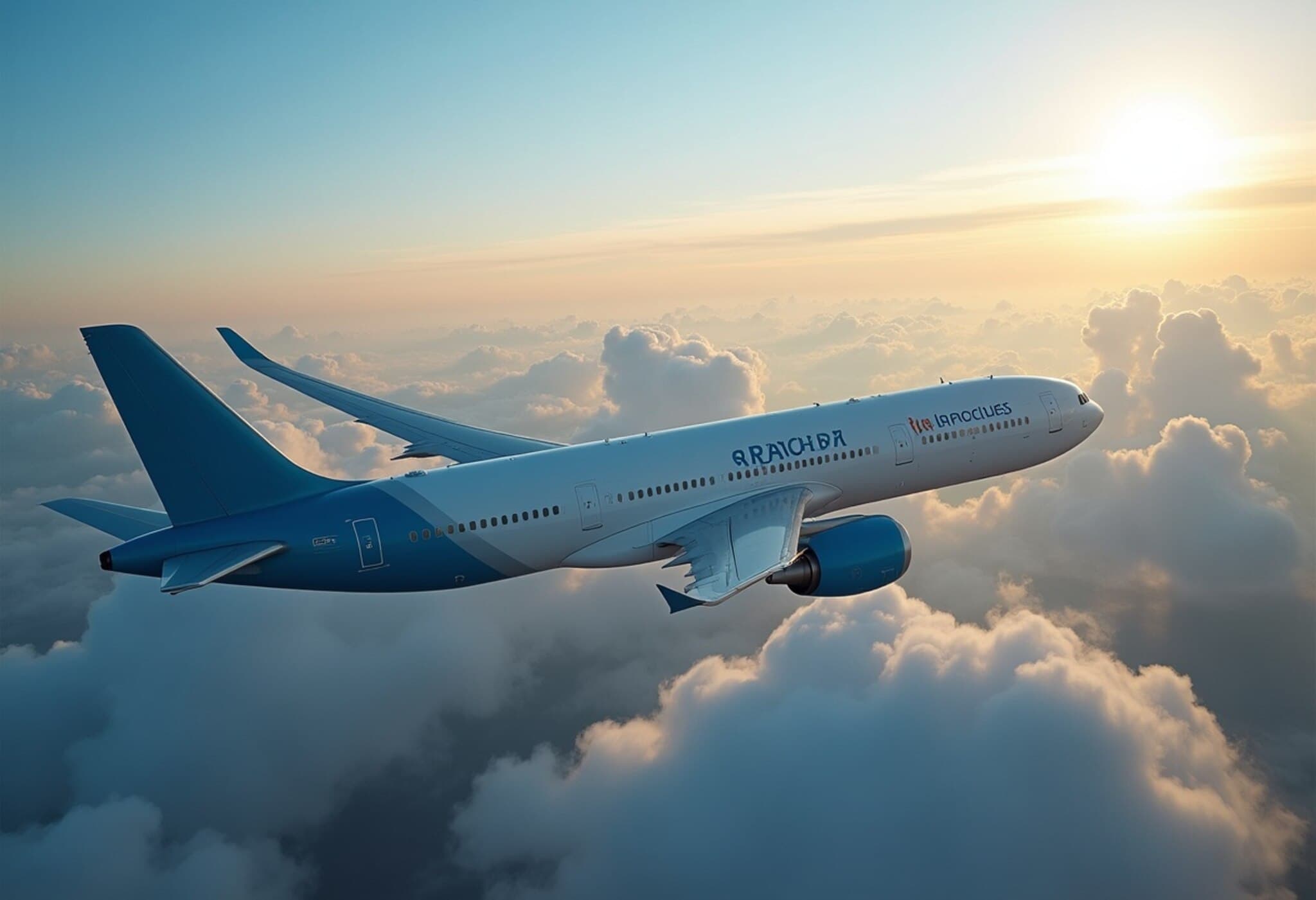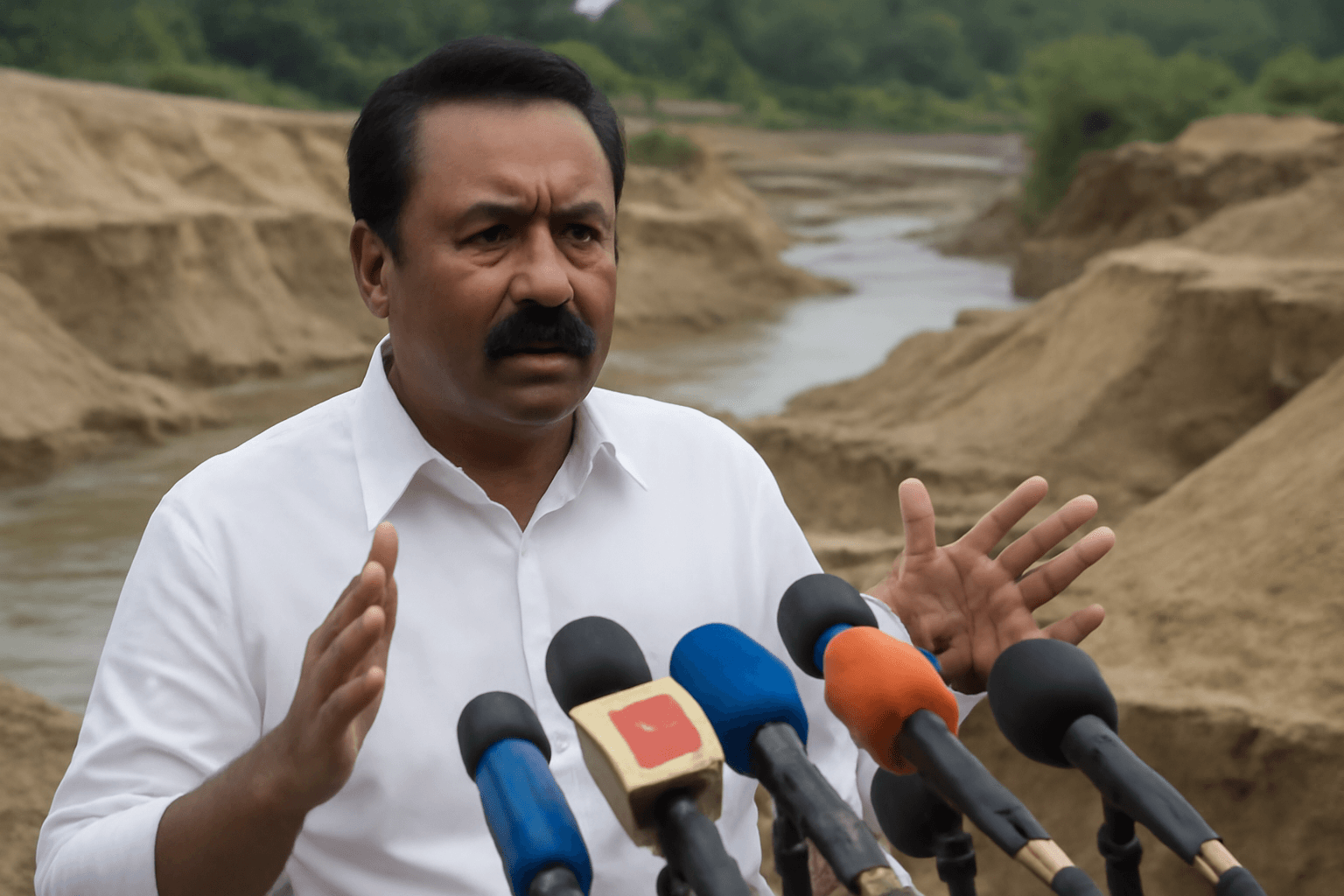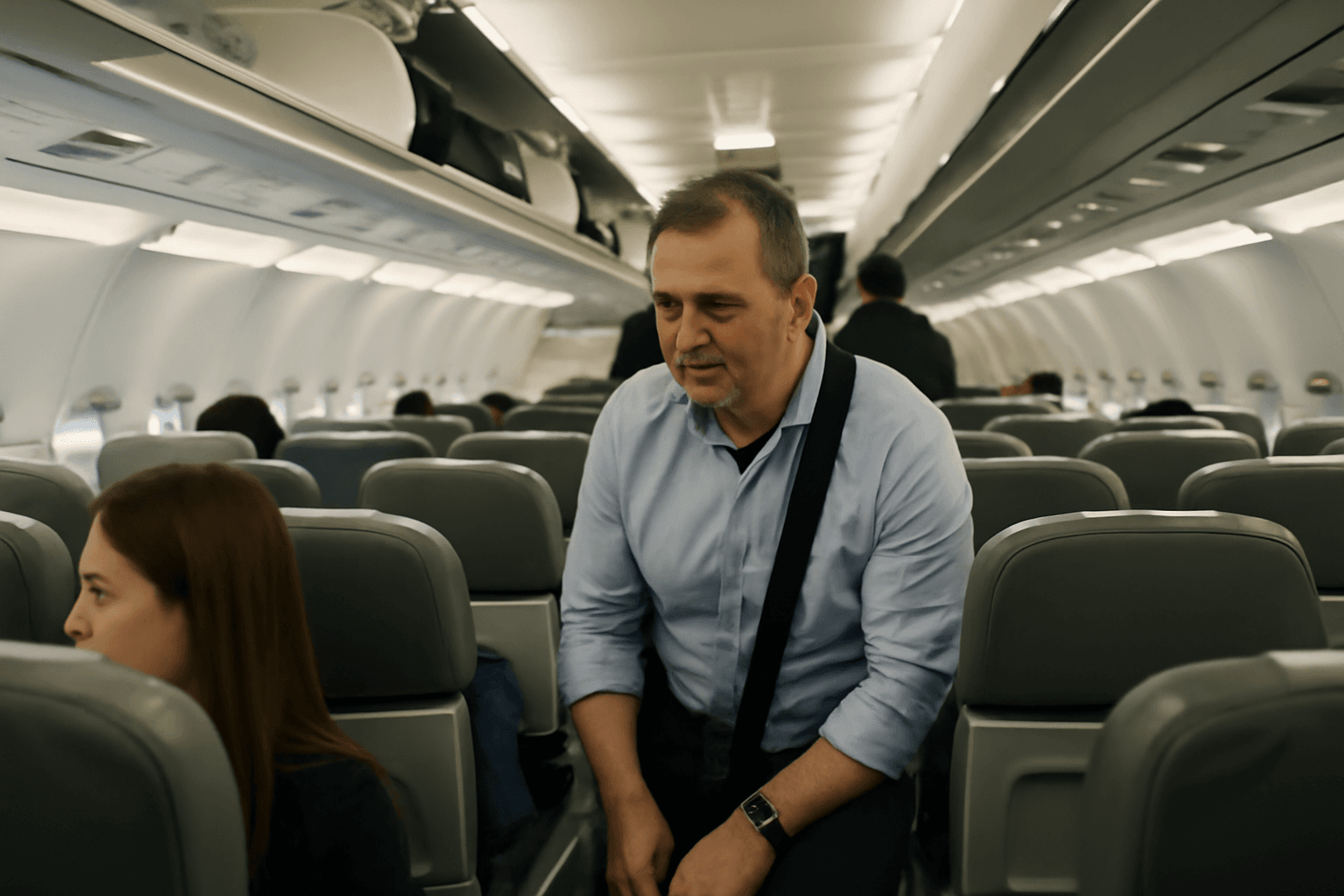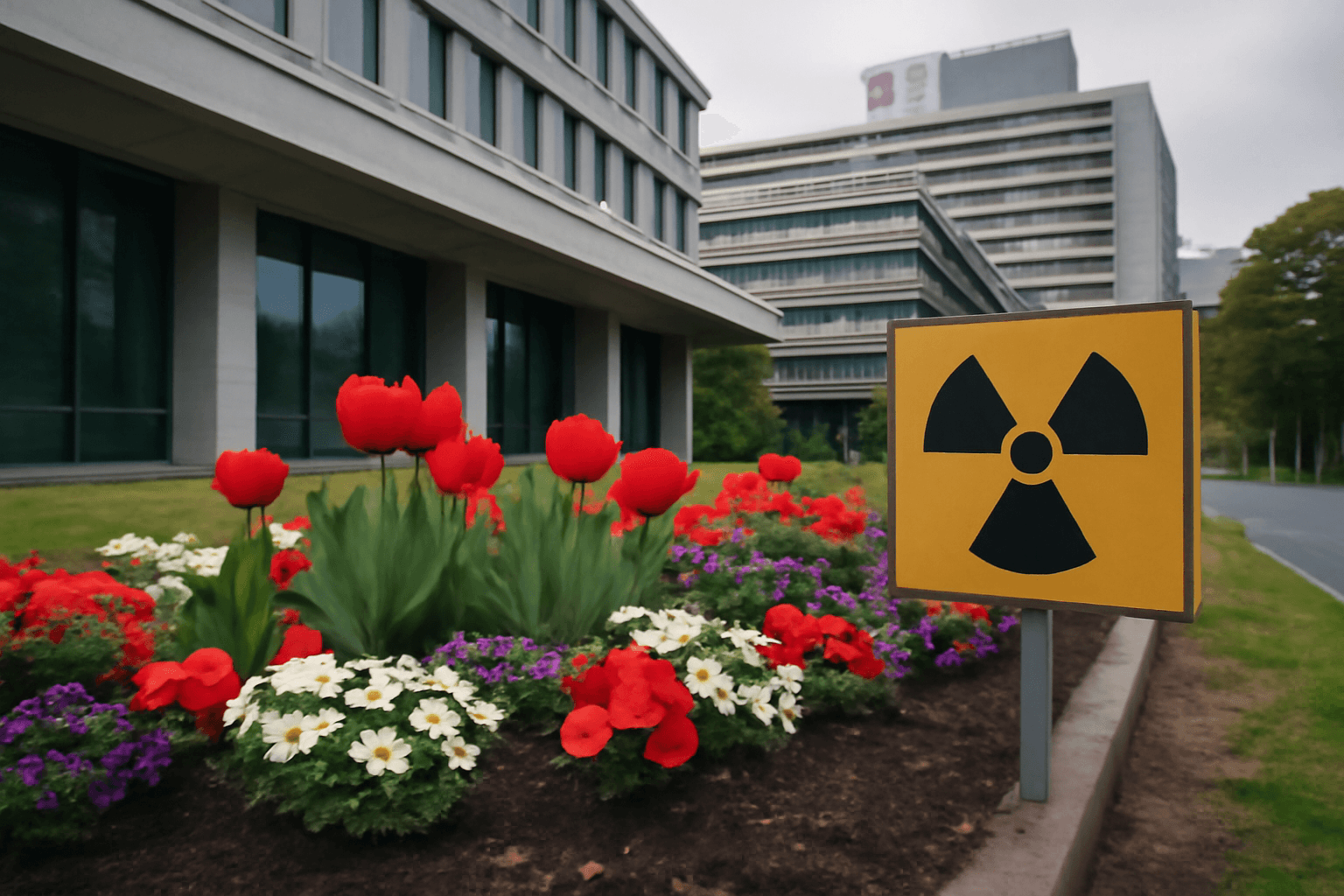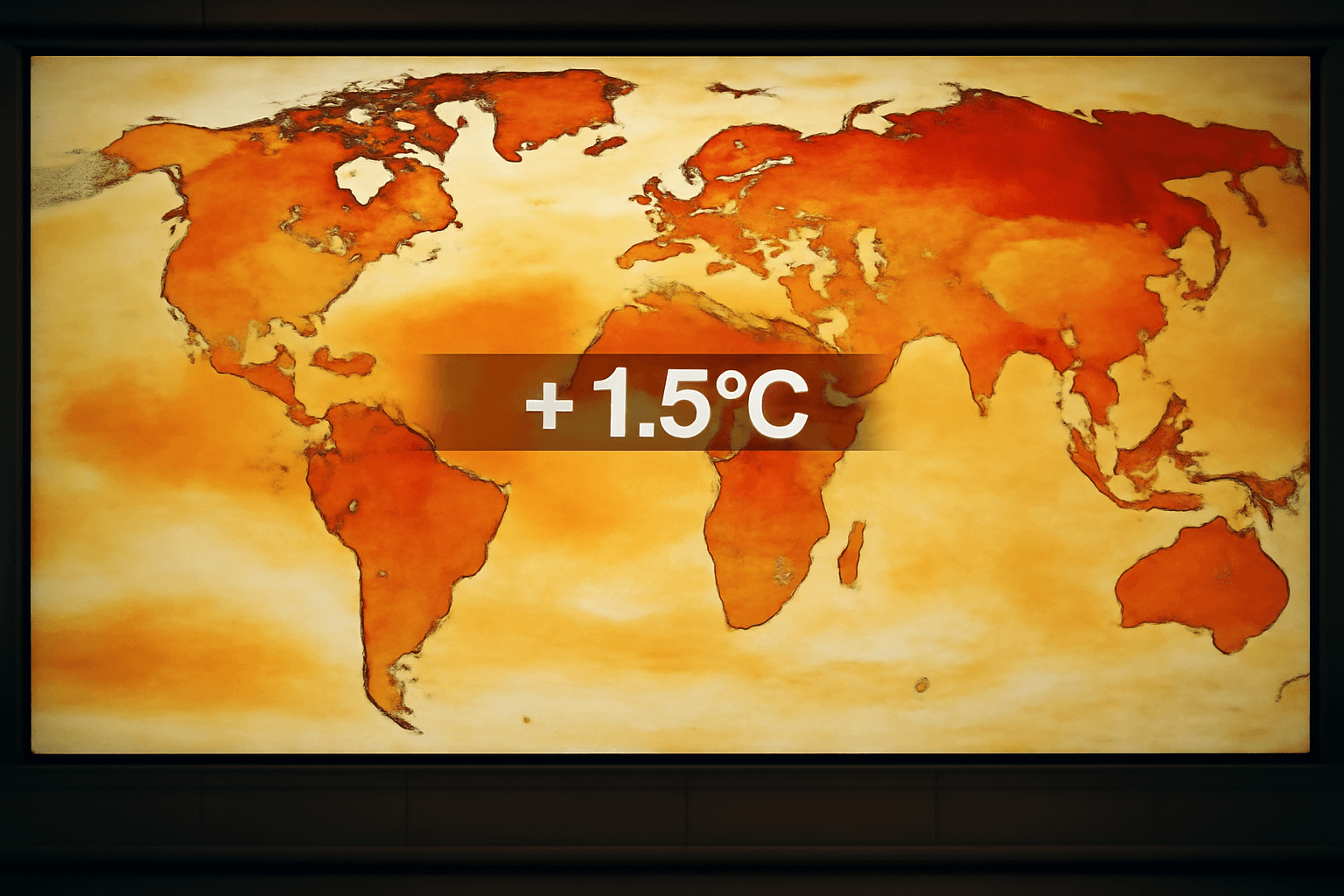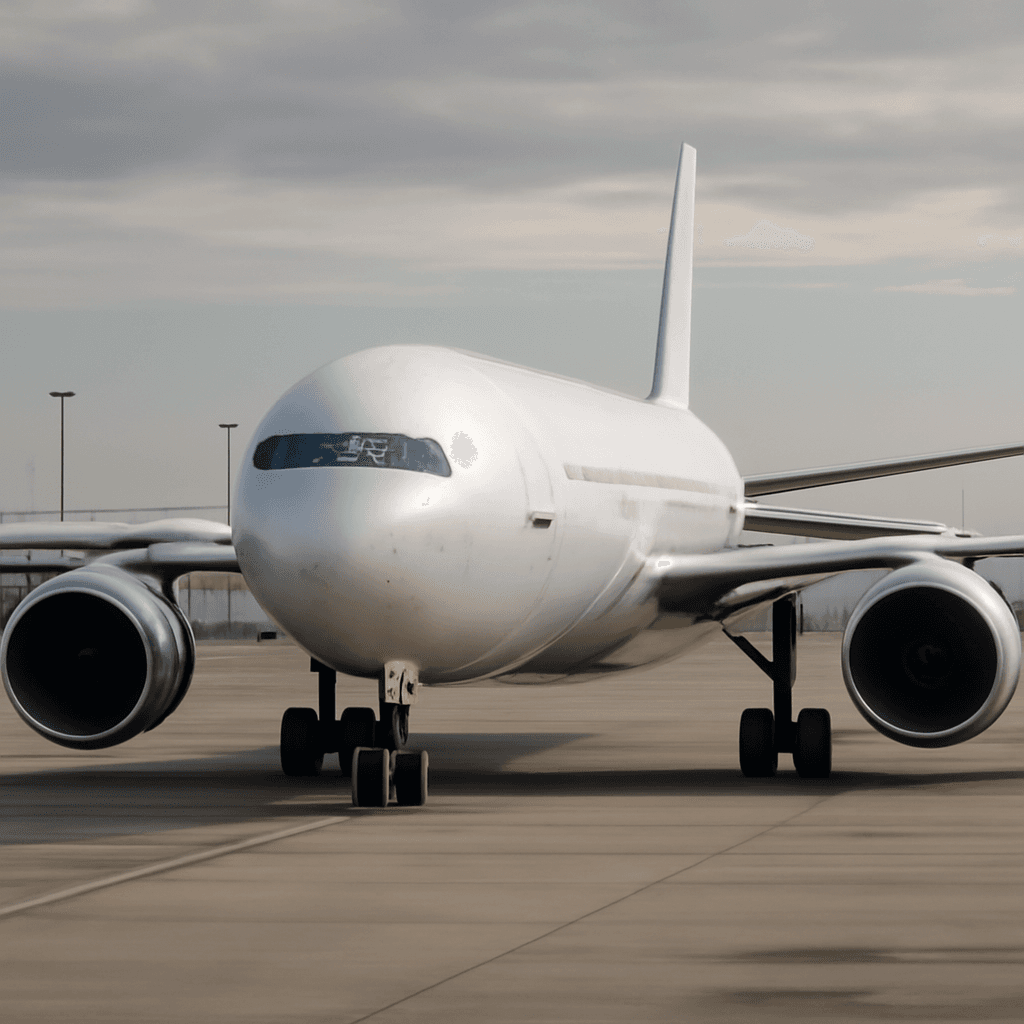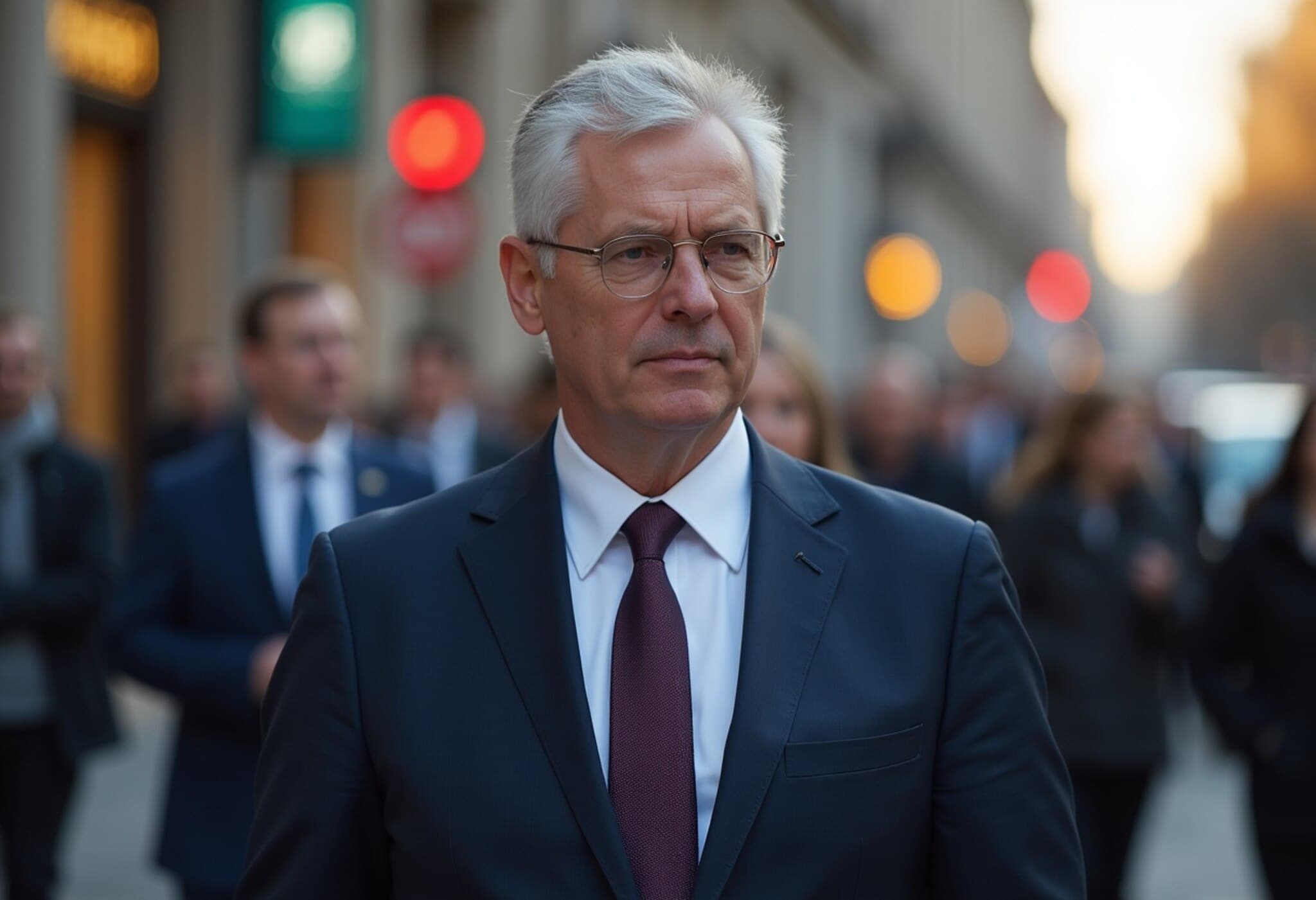International Air Transport Association Challenges EU’s Sustainable Aviation Fuel Policy
The European Union’s ambitious mandate requiring airlines to blend 6% sustainable aviation fuel (SAF) into their jet fuel by 2030 has come under fire from the International Air Transport Association (IATA). The aviation industry body says the regulation is financially burdensome and unlikely to deliver the promised environmental benefits, largely because of limited regional SAF availability and inflated costs.
High Costs and Limited Supply Undermine Environmental Goals
At a recent media roundtable in Singapore, IATA's Director-General Willie Walsh voiced strong concerns, stating, "The idea that you’re buying sustainable fuel and then transporting it to use in Europe isn’t the right way to do it, because you’re clearly increasing the carbon footprint of that fuel as a result of the transportation costs." This insight highlights a critical, often overlooked consequence of importing SAF over long distances that may negate some of the intended carbon savings.
IATA’s latest estimates forecast global SAF production to reach approximately 2 million metric tons in 2025, representing only about 0.7% of total airline fuel consumption. This shortfall illustrates a glaring mismatch between regulatory ambition and current industrial capacity.
Monopoly Pricing and Questionable Feedstock Sustainability
According to Walsh, the mandate effectively creates market conditions favoring a few suppliers who can command prices far above the actual cost of producing SAF. "Fuel companies that have an obligation to produce SAF are also increasing the cost of traditional jet fuel," he noted, suggesting a monopolistic pricing structure that burdens airlines financially without translating into environmental gains.
The EU’s push for SAF is accompanied by some subsidies to ease adoption, yet critics argue the combined market and policy dynamics still make compliance prohibitively expensive and environmentally inefficient.
Regional Production and The Controversy Over Palm Oil
On the supply side, at least five SAF projects outside China in Asia, including key hubs like Singapore, are launching or scaling operations this year. These facilities are expected to serve both local demand and the growing European market. However, challenges persist regarding the sustainability of certain feedstocks, with palm oil surfacing as a contentious example.
Highlighting the complexity of defining sustainability, Walsh remarked, "There is sustainable palm oil and there is palm oil that wouldn’t be considered sustainable... We need a much more nuanced approach and detailed assessment of feedstock sustainability." This underscores the broader global debate about balancing biofuel production with environmental protection and social responsibility.
Contextual Analysis: Navigating Policy Ambitions and Practical Realities
The EU’s ReFuelEU Aviation initiative aims to decarbonize one of the toughest sectors—air travel—offsetting emissions that have largely escaped regulation. However, the industry’s feedback raises fundamental questions about the feasibility of imposing stringent blending targets amid nascent SAF supply chains. The concerns echo across policy and economic spheres:
- Supply Chain Bottlenecks: Expanding production capacity takes time, technological advancements, and significant investment.
- Cost Pass-Through: Elevated SAF prices may ultimately be transferred to consumers, affecting ticket affordability.
- Environmental Integrity: Transport emissions and feedstock sourcing require in-depth lifecycle analyses to ensure genuine sustainability.
- Market Dynamics: Potential monopolies could hinder competition and innovation unless regulatory oversight intensifies.
For U.S. policymakers and aviation stakeholders, these debates offer lessons. With SAF development also gaining traction stateside through legislation and private investments, balancing ambitious climate targets with practical implementation remains critical.
Editor’s Note
The IATA’s critique of the EU’s SAF mandate brings to the forefront the complex interplay between policy-driven environmental ambitions and the aviation industry's supply realities. While technology and regional production are evolving, premature mandates can strain airlines financially and risk undercutting the very sustainability goals they seek to achieve. Moving forward, a collaborative approach—embracing innovation, transparent feedstock evaluations, and balanced market regulations—will be essential to truly greening the skies without unintended consequences.

